The genomic features of precursor conditions of multiple myeloma provide multiple biological insights into disease origins and evolution, together with opportunities to identify those at highest risk of progression.
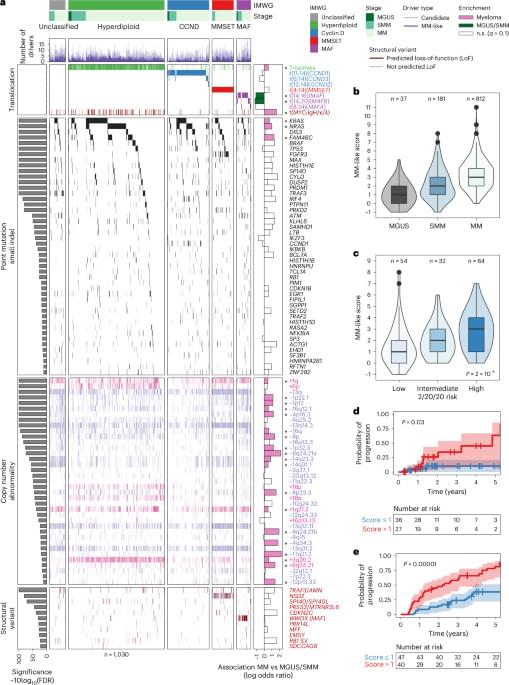

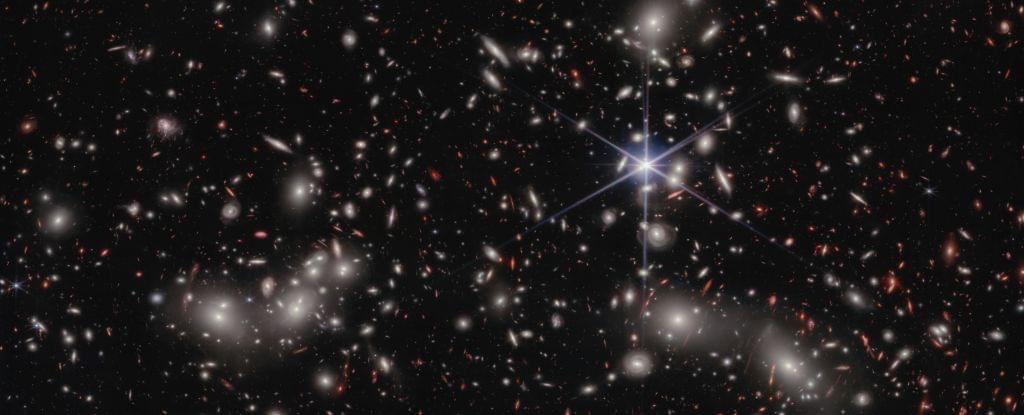
We finally know what brought light to the dark and formless void of the early Universe.
According to data from the Hubble and James Webb Space Telescopes, the origins of the free-flying photons in the early cosmic dawn were small dwarf galaxies that flared to life, clearing the fog of murky hydrogen that filled intergalactic space. A paper about the research was published in February 2024.
“This discovery unveils the crucial role played by ultra-faint galaxies in the early Universe’s evolution,” said astrophysicist Iryna Chemerynska of the Institut d’Astrophysique de Paris.
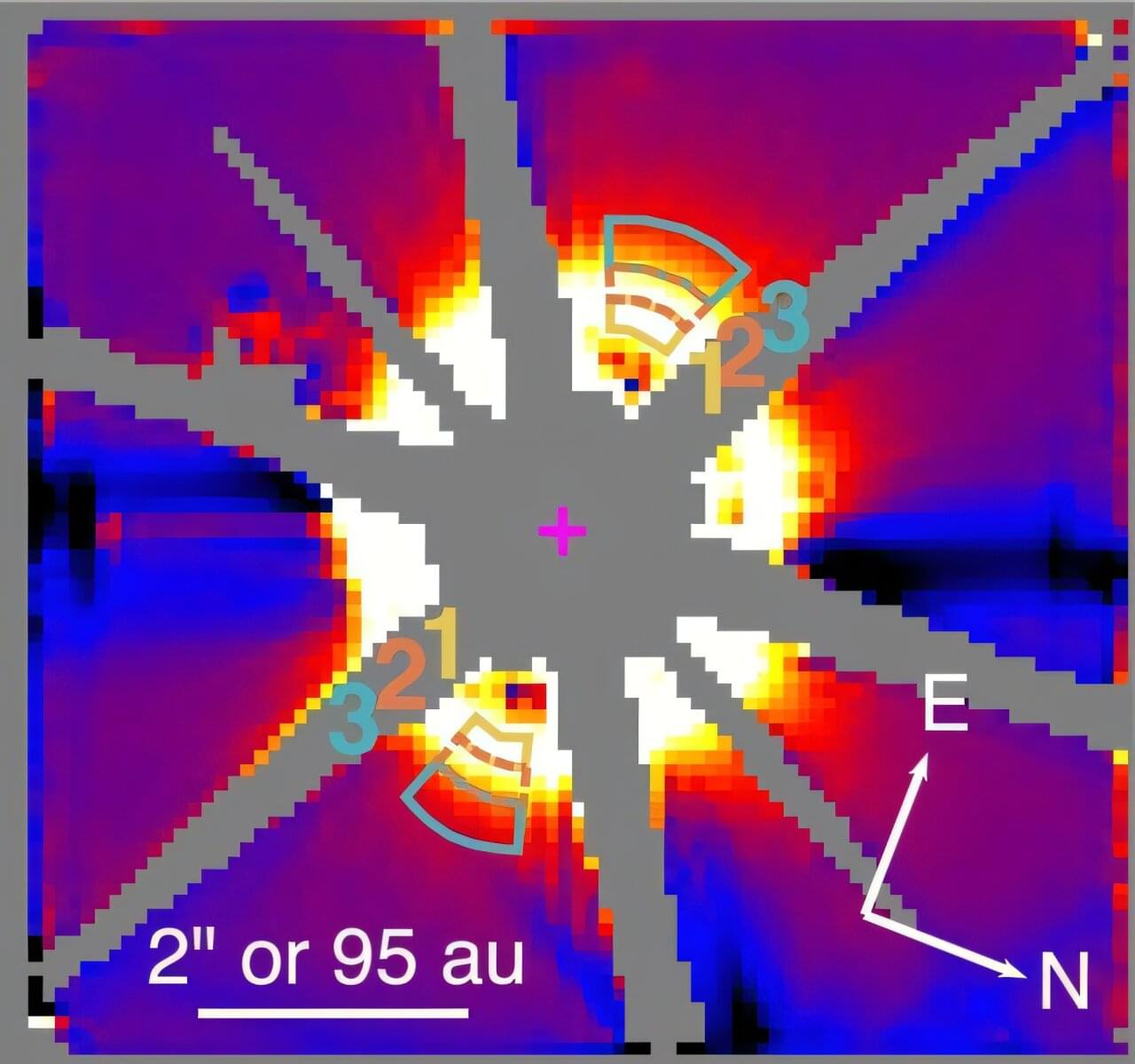
Using the James Webb Space Telescope (JWST), astronomers from Johns Hopkins University (JHU) and elsewhere have detected water ice in a debris disk around HD 181327—a young star located within 160 light years away from the Earth. The finding was reported in a paper published May 14 in the journal Nature.
Debris disks are collections of small bodies around stars, including asteroids, Kuiper belt objects, comets, and also micron-sized debris dust. Observations of debris disks could help us better understand the evolution of planetary systems, the composition of dust, comets, and planetesimals outside our solar system.
Given that water plays a key role in the formation of planets and minor bodies, astronomers look for its presence also in debris disks. However, although water ice has been commonly detected in Kuiper belt objects and comets in the solar system, no definitive evidence for water ice in extrasolar debris disks has been found to date.
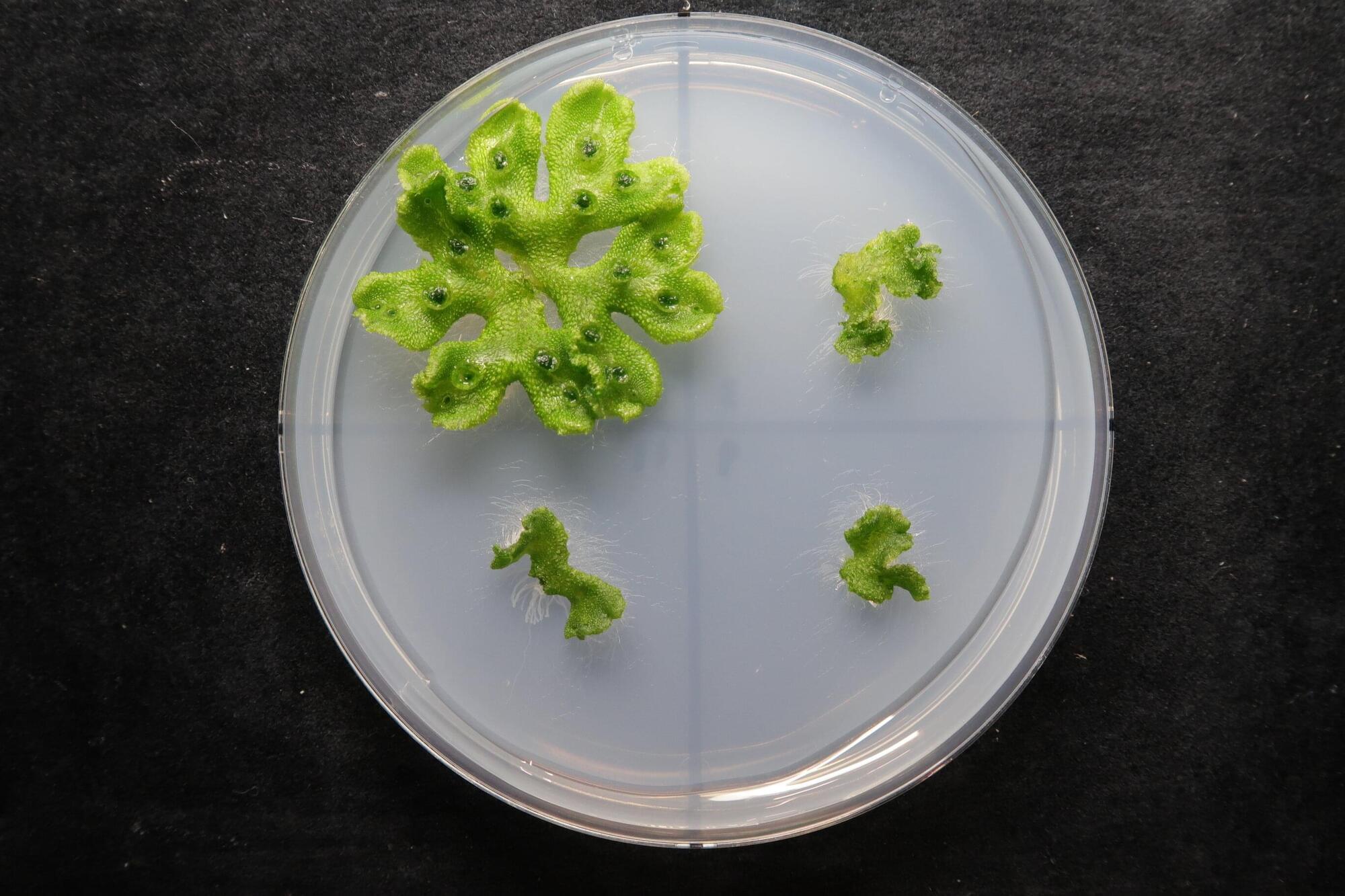
A gene that regulates the development of roots in vascular plants is also involved in the organ development of liverworts—land plants so old they don’t even have proper roots. The Kobe University discovery, published in New Phytologist, highlights the fundamental evolutionary dynamic of co-opting, evolving a mechanism first and adopting it for a different purpose later.
When scientists discover that a gene is necessary for the development of a trait, they are quick to ask since when this gene has been involved in this and how the evolution of the gene has contributed to the evolution of the trait.
Kobe University plant biologist Fukaki Hidehiro says, “My group previously discovered that a gene called RLF is necessary for lateral root development in the model plant Arabidopsis thaliana, but it was completely new that the group of genes RLF belongs to is involved in plant organ development. So we wanted to know whether the equivalent of this gene in other plants is also involved in similar processes.”
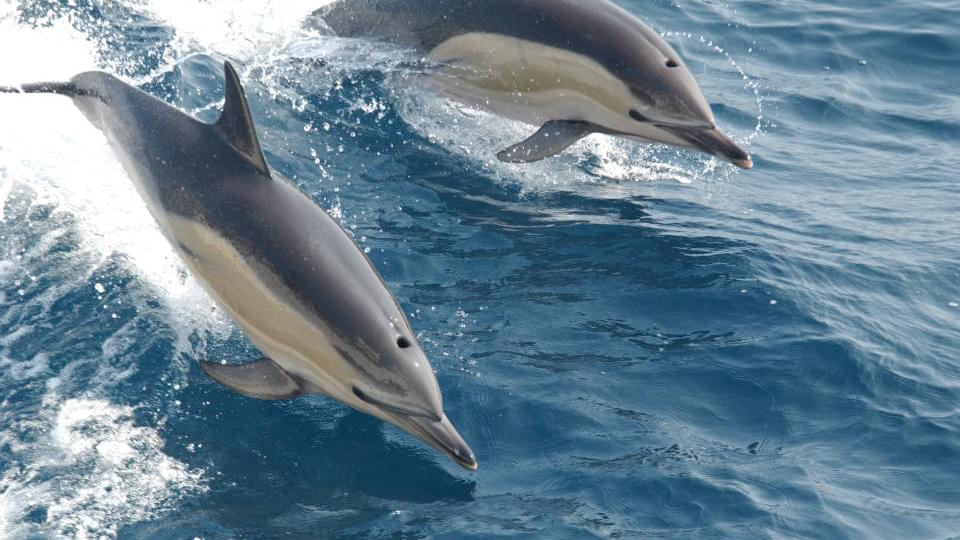
In that paper for the SETI Institute, Kershenbaum and colleagues concluded that animal communication research is the closest we are likely to get to studying extraterrestrial signals, until such signals are actually received.
“Many of the challenges facing SETI research are similar to those already addressed in the investigation of animal behavior, and the evolutionary origins of human language,” they wrote. “Indeed, the evolution of language on Earth may in fact have been driven and constrained by similar principles to those operating on life on other planets.”
The researchers have proposed the establishment of a large cross-species database of communicative signals, made available to all SETI and animal behavior researchers.
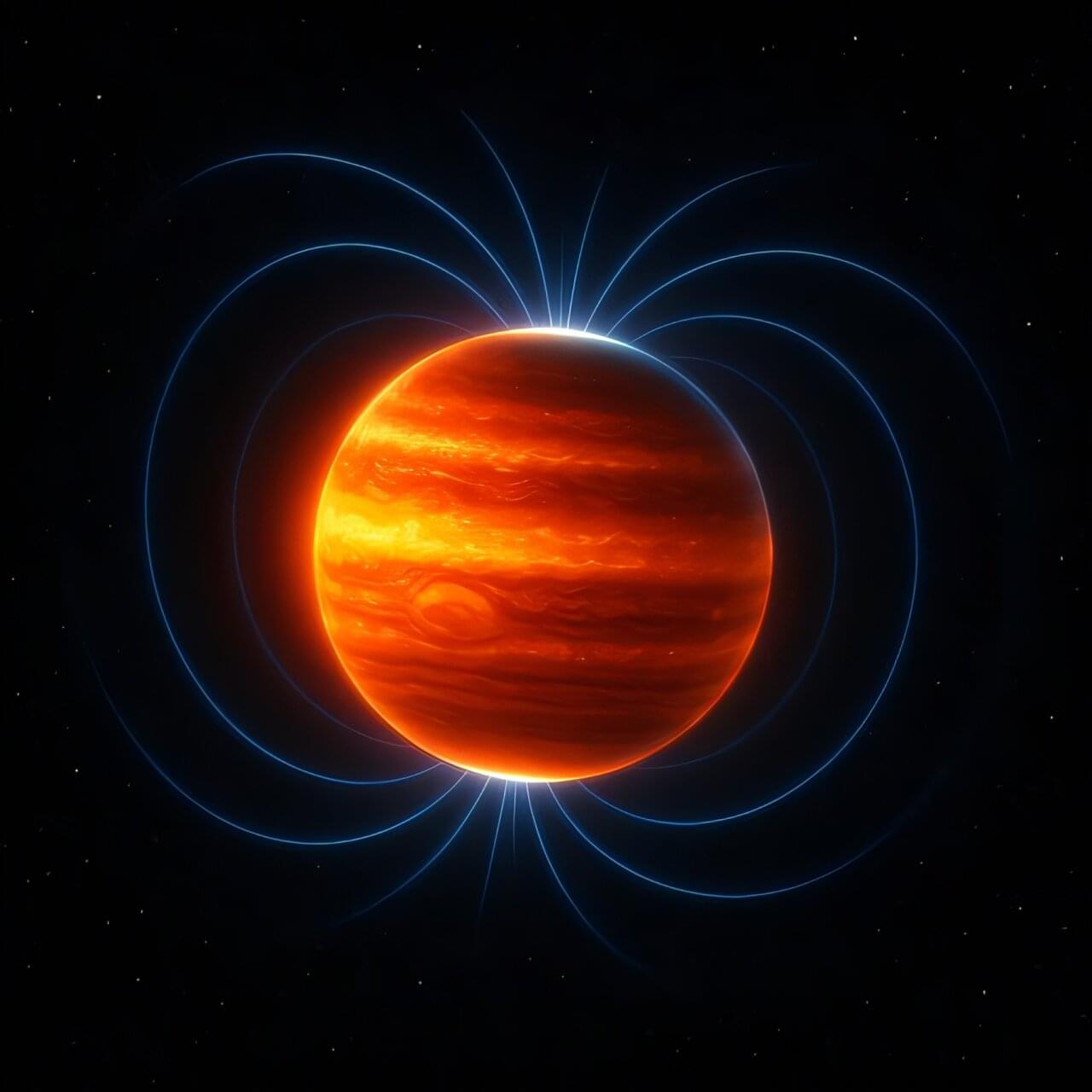
Understanding Jupiter’s early evolution helps illuminate the broader story of how our solar system developed its distinct structure. Jupiter’s gravity, often called the “architect” of our solar system, played a critical role in shaping the orbital paths of other planets and sculpting the disk of gas and dust from which they formed.
In a new study published in the journal Nature Astronomy, Konstantin Batygin, professor of planetary science at Caltech; and Fred C. Adams, professor of physics and astronomy at the University of Michigan; provide a detailed look into Jupiter’s primordial state.
Their calculations reveal that roughly 3.8 million years after the solar system’s first solids formed—a key moment when the disk of material around the sun, known as the protoplanetary nebula, was dissipating—Jupiter was significantly larger and had an even more powerful magnetic field.
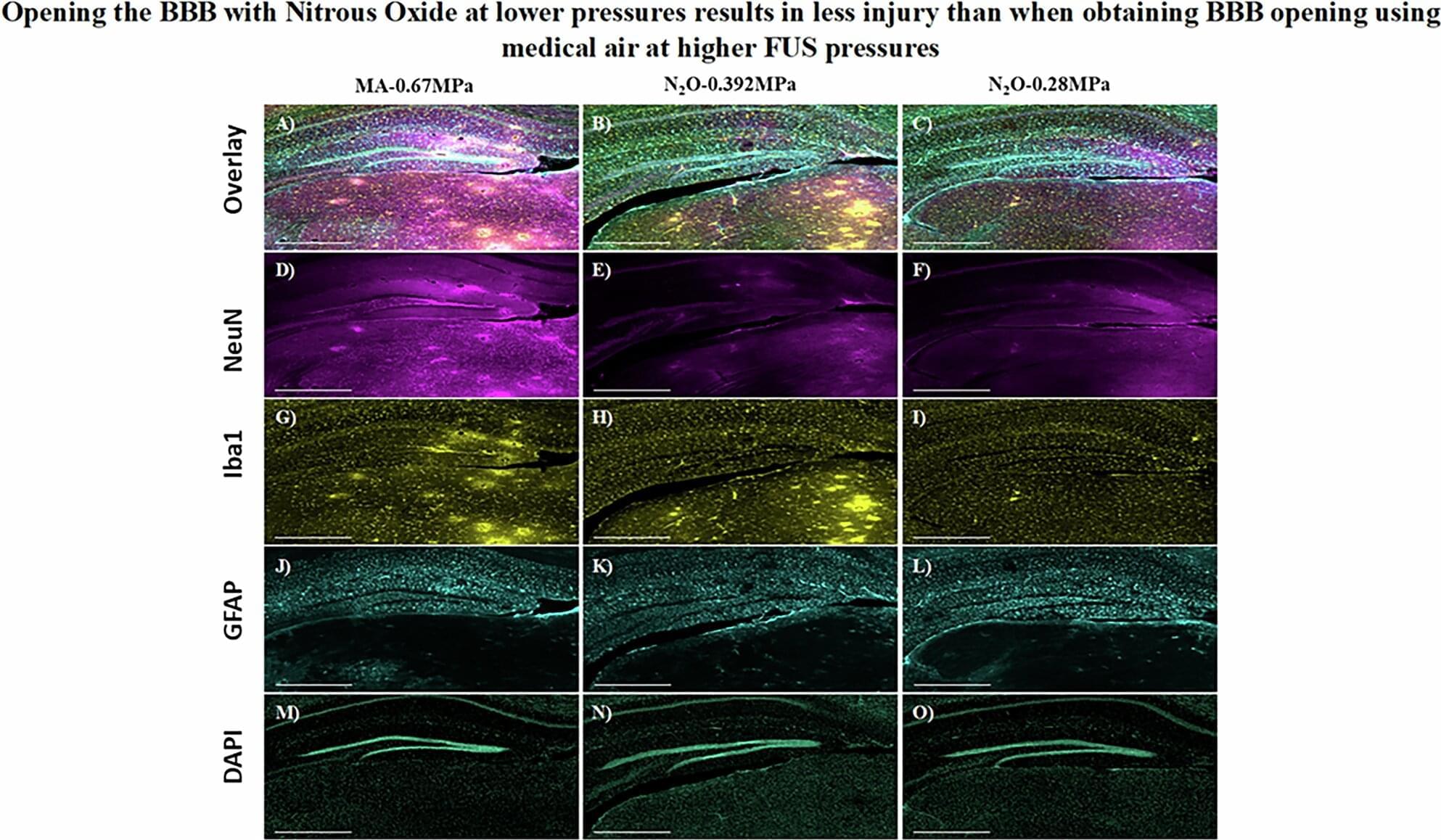
Nitrous oxide, a commonly used analgesic gas, temporarily improved the opening of the blood-brain barrier (BBB) to allow gene therapy delivery in mouse models using focused ultrasound (FUS), UT Southwestern Medical Center researchers report in a new study. Their findings, published in Gene Therapy, could eventually lead to new ways to treat a variety of brain diseases and disorders.
“The approach we explored in this study has the potential to advance care for diseases of the brain that can be treated by targeted therapeutic delivery,” said study leader Bhavya R. Shah, M.D., Associate Professor of Radiology, Neurological Surgery, and in the Advanced Imaging Research Center at UT Southwestern. He’s also an Investigator in the Peter O’Donnell Jr. Brain Institute and a member of the Center for Alzheimer’s and Neurodegenerative Diseases. Deepshikha Bhardwaj, Ph.D., Senior Research Associate at UTSW, was the study’s first author.
The BBB is a highly selective border of semipermeable cells that line tiny blood vessels supplying blood to the brain. It is thought to have developed during evolution to protect the brain from toxins and infections in the blood. However, the BBB also impedes the delivery of drugs that could be used to treat neurologic or neuropsychiatric conditions, such as Alzheimer’s disease, multiple sclerosis, or brain tumors. Consequently, researchers have worked for decades to develop solutions that can temporarily open the BBB to allow treatments to enter.
Is your mind more than just your brain? Does the soul actually exist? These questions have been pondered for millennia. What does the latest scientific research suggest? On this episode of the ID The Future podcast, renowned neurosurgeon Dr. Michael Egnor begins a conversation with host @Andrew_McDiarmid about his new book The Immortal Mind: A Neurosurgeon’s Case for the Existence of the Soul. Egnor makes a powerful case that our capacity for thought, reason, and free will points to something beyond mere brain function.
After defining terms, Egnor begins exploring the compelling evidence he has gathered across four decades of practice in neurosurgery. He recounts the remarkable results of split-brain surgery, where patients whose brain hemispheres are functionally disconnected still feel like one person and can process information presented separately to each hemisphere. This implies a part of their mind is not solely located in their brain. You’ll also hear about conjoined twins who share brain parts but maintain distinct intellects and free will, highlighting which aspects of the soul are not brain-based and cannot be shared.
Along the way, Dr. Egnor also boldly challenges the Darwinian view of the mind’s evolution, arguing that abstract thought and free will are immaterial and could not have arisen through natural selection. Learn why Dr. Egnor believes nature is not a closed system and that science alone cannot fully interpret its own findings. Drawing on ancient philosophers like Aristotle and Thomas Aquinas, he presents arguments for a cause outside of nature.
This is Part 1 of a two-part interview. In Part 2, we’ll explore Dr. Egnor’s personal journey from atheism to theism and more evidence for the immortality of the mind and the existence of the soul.
Enjoy more ID The Future here:
#neuroscience #intelligentdesign #mind #brain.

He told Newsweek that the unexpected result “upsets the usual interpretation of the nature of the CMB. It essentially means that we do not have solid evidence for a hot big bang. Taking the observed CMB and subtracting this foreground leaves too little for the hot big bang to be real.”
(The “hot big bang” refers to how the universe started in a hot, dense, state and has been cooling and expanding ever since.)
Kroupa added: “This shocking result means that we now need to revisit the very foundations of everything we know about cosmology, gravitation and the evolution of the Universe and how galaxies came to be.”
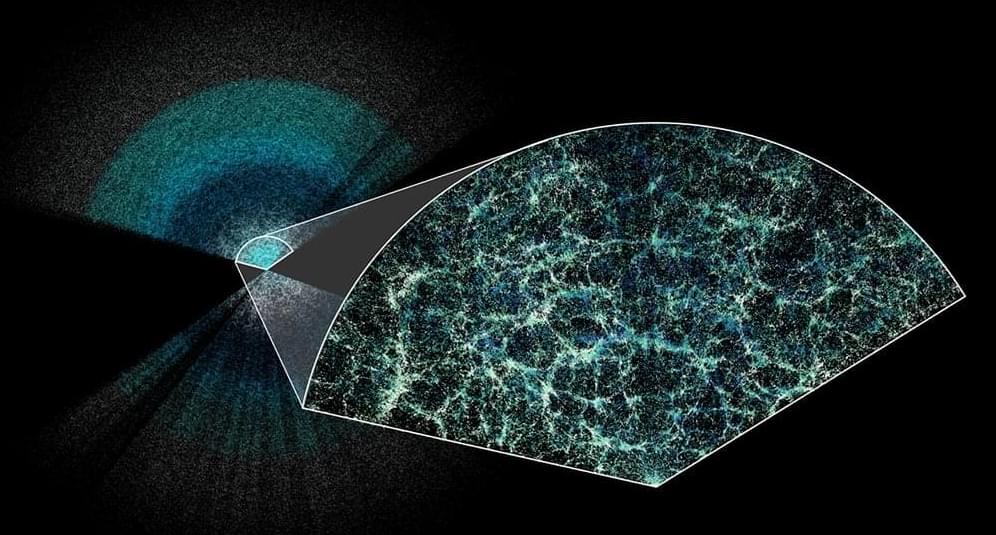
For a while now, there has been a problematic mystery at the heart of the standard cosmological model. Although all observations support the expanding Universe model, observations of the early period of the cosmos give a lower rate of acceleration than more local observations. We call it the Hubble tension problem, and we have no idea how to solve it. Naturally, there have been several proposed ideas: what if general relativity is wrong; what if dark matter doesn’t exist; what if the rate of time isn’t uniform; heck, what if the entire Universe rotates. So, let’s add a new idea to the pile: what if dark matter evolves?
While there have been several models proposing an evolving dark energy, the idea of evolving dark matter hasn’t been widely considered. The reason for this is twofold. First, the observations we have of dark matter are excellent. They point to the presence of some kind of material that doesn’t interact strongly with light. The only major weak point is that we haven’t observed dark matter particles directly. Second, the vast majority of folk opposed to dark matter focus on eliminating it altogether through things like modified gravity. They figure dark matter is fundamentally wrong, not something to be tweaked. That makes this new idea rather interesting.
In this work, the authors look at both evolving dark energy and evolving dark matter and argue that the latter is a much better fit to observational data. The first thing they note is that the two models are somewhat related. Since the evolution of the cosmos depends in part on the ratio of energy density to matter density, a model with constant dark matter and evolving dark energy will always appear similar to a model with evolving dark matter and constant dark energy.